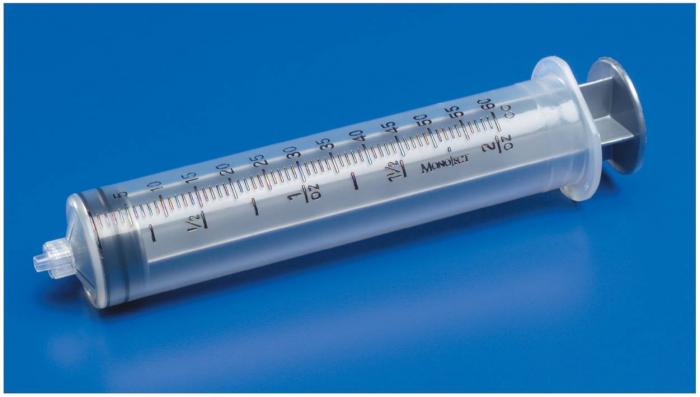So i brewed my first batch about 5 days ago now, and i'm seeing a slowing in activity at the airlock. I've read to NOT go solely on what the airlock is saying but instead take gravity readings and ensure its the same 2-3 days later. My question is when should i take a gravity reading? My OG was 1.040 and it is a Scottish Ale.
Can i take a reading now and check again in a few days? or should i wait for that 7 day mark like the directions say and just rack it anyway?
Thanks in advance
Can i take a reading now and check again in a few days? or should i wait for that 7 day mark like the directions say and just rack it anyway?
Thanks in advance




